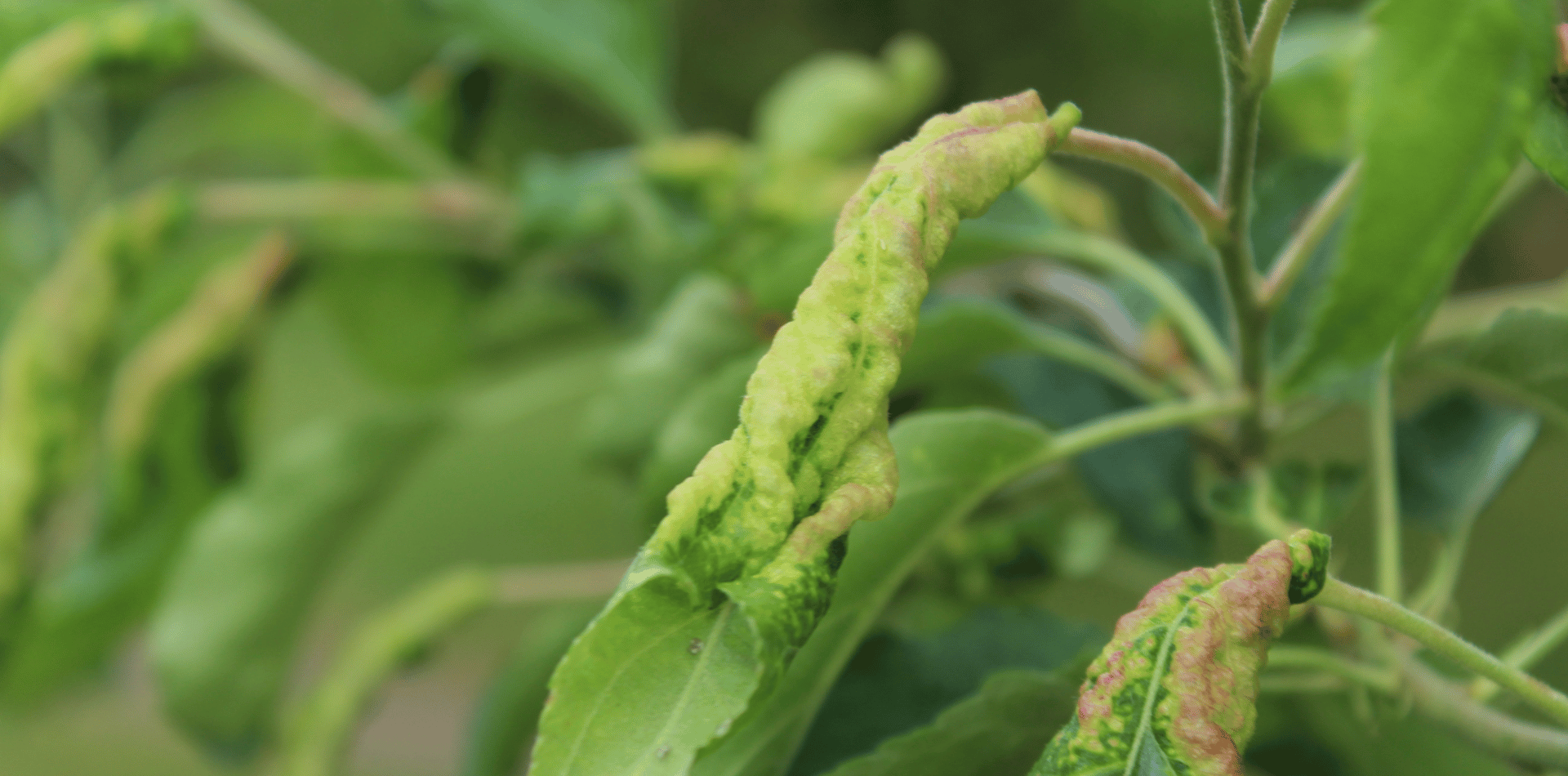The Human-Nature Connection: How Responsible Tree Removal Supports Ecosystem Health
The Human-Nature Connection: How Responsible Tree Removal Supports Ecosystem Health
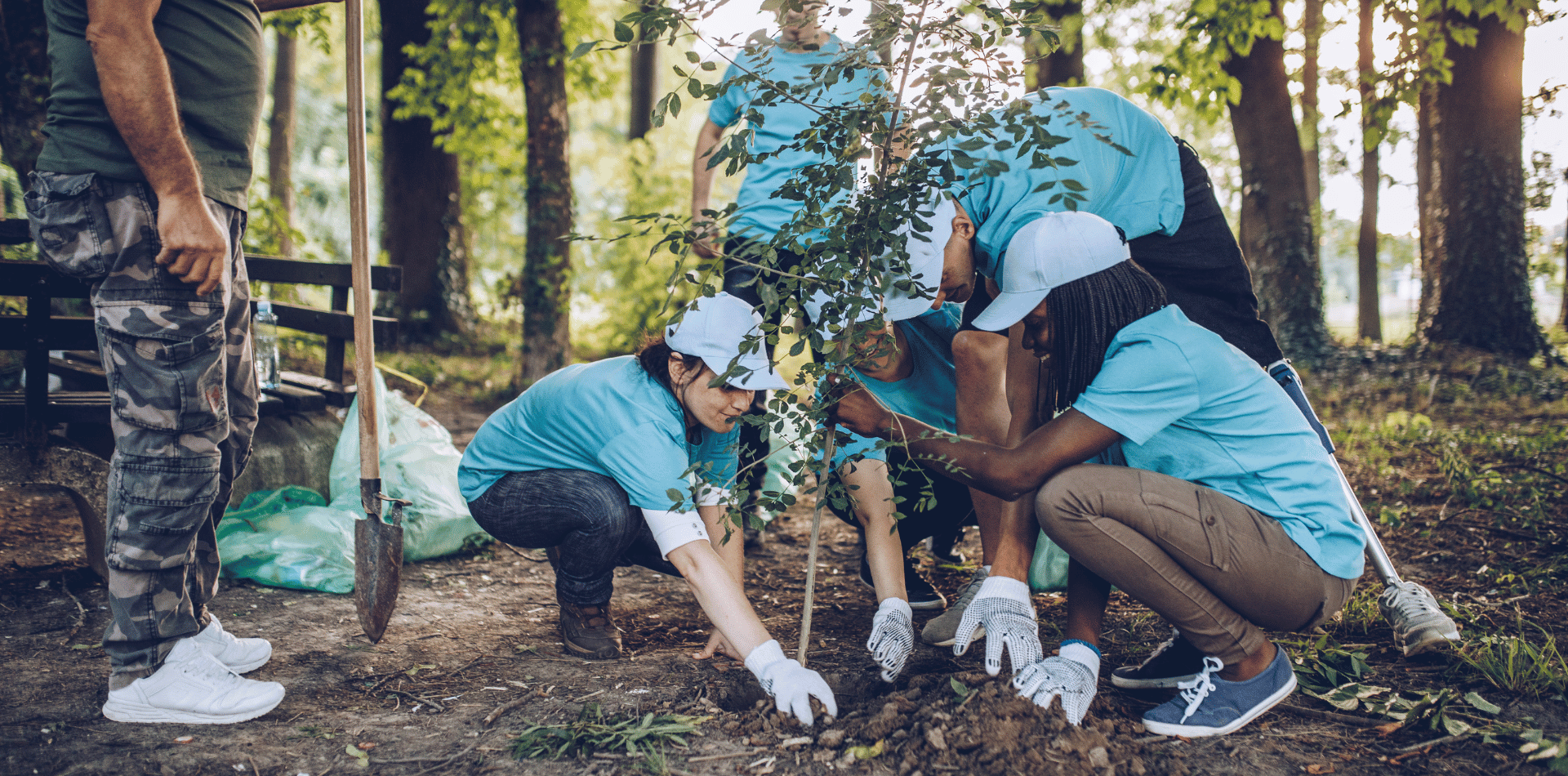
The relationship between humans and nature is intricate and profound, shaping the very fabric of our existence.
Trees, as vital components of ecosystems, play a crucial role in this dynamic interplay. Responsible tree removal, guided by ecological understanding and sustainable practices, serves as a bridge between human needs and environmental health. Let's look at the intricate connections between humans and nature, emphasising how responsible tree removal supports ecosystem health while fostering a harmonious coexistence between people and the environment.
The Essence of the Human-Nature Connection
The human-nature connection is deeply ingrained in our history, culture, and well-being. Throughout the ages, trees have been symbolic of life, growth, and sustenance. Our connection with trees transcends the physical realm, touching on emotional, spiritual, and even psychological aspects.
Cultural Significance:
Trees have held cultural and spiritual significance for various societies. They are often revered as symbols of wisdom, strength, and longevity.
Restorative Power:
The presence of trees in urban environments has been shown to have restorative effects on mental health. Exposure to nature, even in an urban context, has been linked to reduced stress and improved overall well-being.
The Ecological Importance of Trees
Beyond their cultural significance, trees provide a wide array of ecological services that are essential for the health of ecosystems and the well-being of all living beings.
Carbon Sequestration:
Trees are remarkable carbon sinks, absorbing carbon dioxide from the atmosphere and mitigating the effects of climate change.
Biodiversity Support:
Trees provide habitats and resources for countless species, contributing to biodiversity and the intricate web of life.
Soil Health:
Tree roots stabilise soil, prevent erosion, and facilitate nutrient cycling. Their fallen leaves enrich the soil, creating a fertile ground for other plants to thrive.
The Need for Responsible Tree Removal
While trees contribute immensely to ecosystems, there are instances when tree removal becomes a necessary course of action. Responsible tree removal is characterised by a thoughtful approach that considers both human needs and ecological balance.
Safety Concerns:
Diseased or structurally compromised trees can pose safety hazards to people and property. Responsible removal ensures that such risks are mitigated.
Urban Development:
In urban areas, responsible tree removal may be necessary to accommodate infrastructure development, providing space for roads, buildings, and other essential amenities.

Strategies for Responsible Tree Removal
Responsible tree removal is not about haphazardly cutting down trees; it's about understanding the complexities of ecosystems and adopting strategies that minimise negative impacts while maximising positive outcomes.
Consulting Experts:
Certified arborists and ecologists play a vital role in the responsible tree removal process. Their expertise ensures that decisions are informed by ecological knowledge and safety protocols.
Selective Removal:
Responsible tree removal often involves selective removal of trees that are unhealthy, invasive, or pose risks to the ecosystem's balance. This creates space for healthier vegetation to thrive.
Mitigating Impact:
After tree removal, replanting native species, implementing erosion control measures, and supporting the growth of understory vegetation help mitigate the ecological impact and restore the ecosystem's health.
Community Involvement and Awareness
Responsible tree removal can also serve as an opportunity to foster community involvement and raise awareness about the importance of maintaining a healthy balance between human needs and ecosystem integrity.
Education Programs:
Organising workshops, seminars, and educational programs can inform the community about responsible tree removal practices and their ecological significance.
Tree Planting Initiatives:
Engaging the community in tree planting initiatives can create a sense of ownership and responsibility for ecosystem health, fostering a deeper connection between people and nature.
Case Studies: Balancing Progress and Ecology
Real-world examples highlight how responsible tree removal can lead to a harmonious coexistence between human needs and ecosystem health.
Urban Redevelopment:
In urban areas, responsible tree removal has paved the way for sustainable urban development that integrates green spaces, reduces heat islands, and improves air quality.
Forest Management:
In forested landscapes, responsible tree removal can prevent the spread of disease, promote forest regeneration, and enhance biodiversity through the careful selection of species for removal.
The human-nature connection is a profound force that shapes our relationship with the environment. Responsible tree removal is a testament to our understanding of this connection, emphasising the importance of ecological balance and the well-being of both humans and the natural world. By approaching tree removal with ecological sensitivity, consulting experts, mitigating impacts, fostering community engagement, and acknowledging the value of responsible management, we can harmonise human needs with the health of ecosystems. In doing so, we ensure that our landscapes remain not only aesthetically pleasing but also resilient, vibrant, and teeming with life.
Through responsible tree removal, we honour our deep-rooted connection with nature and take meaningful steps toward a sustainable future.
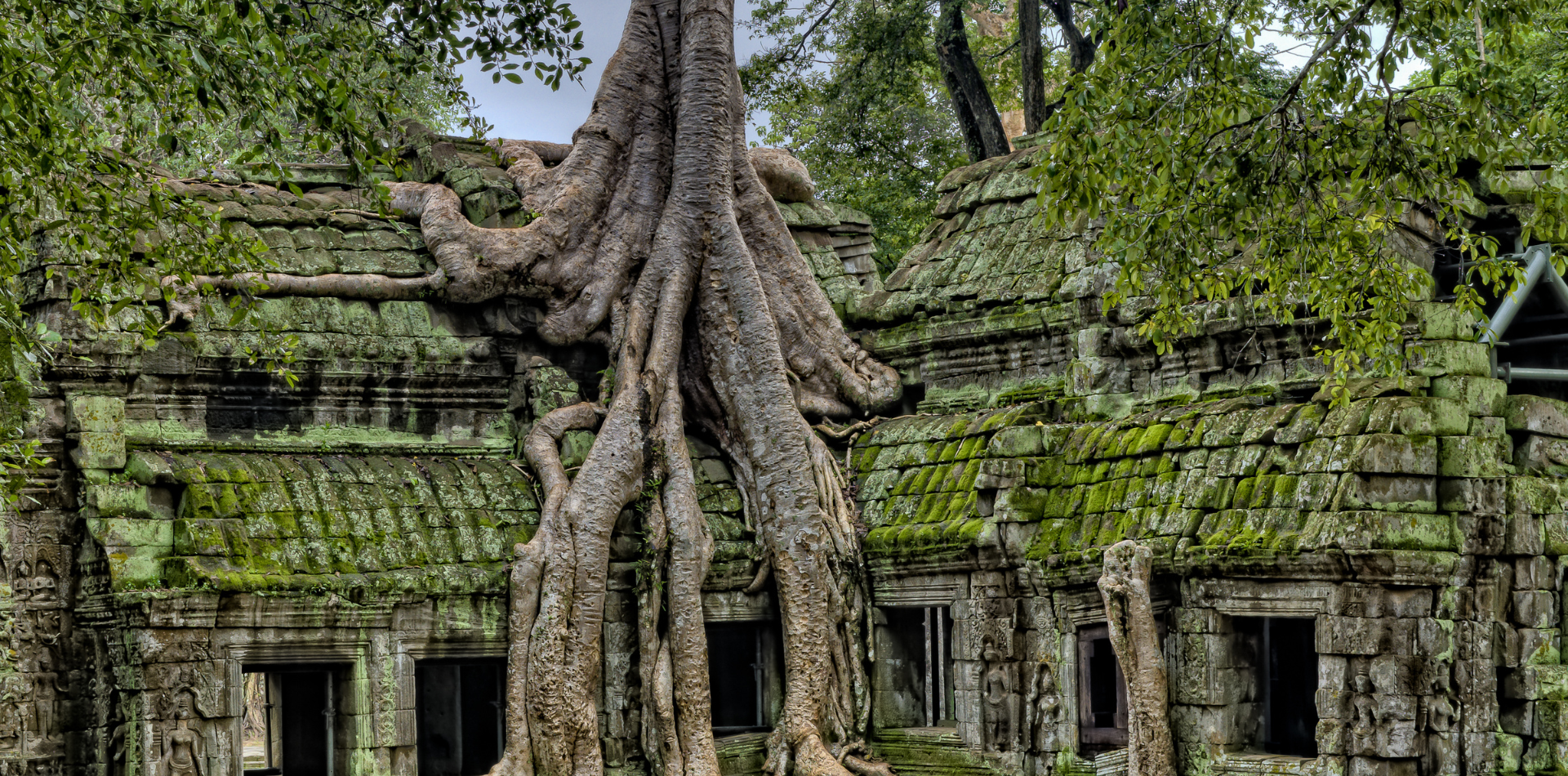

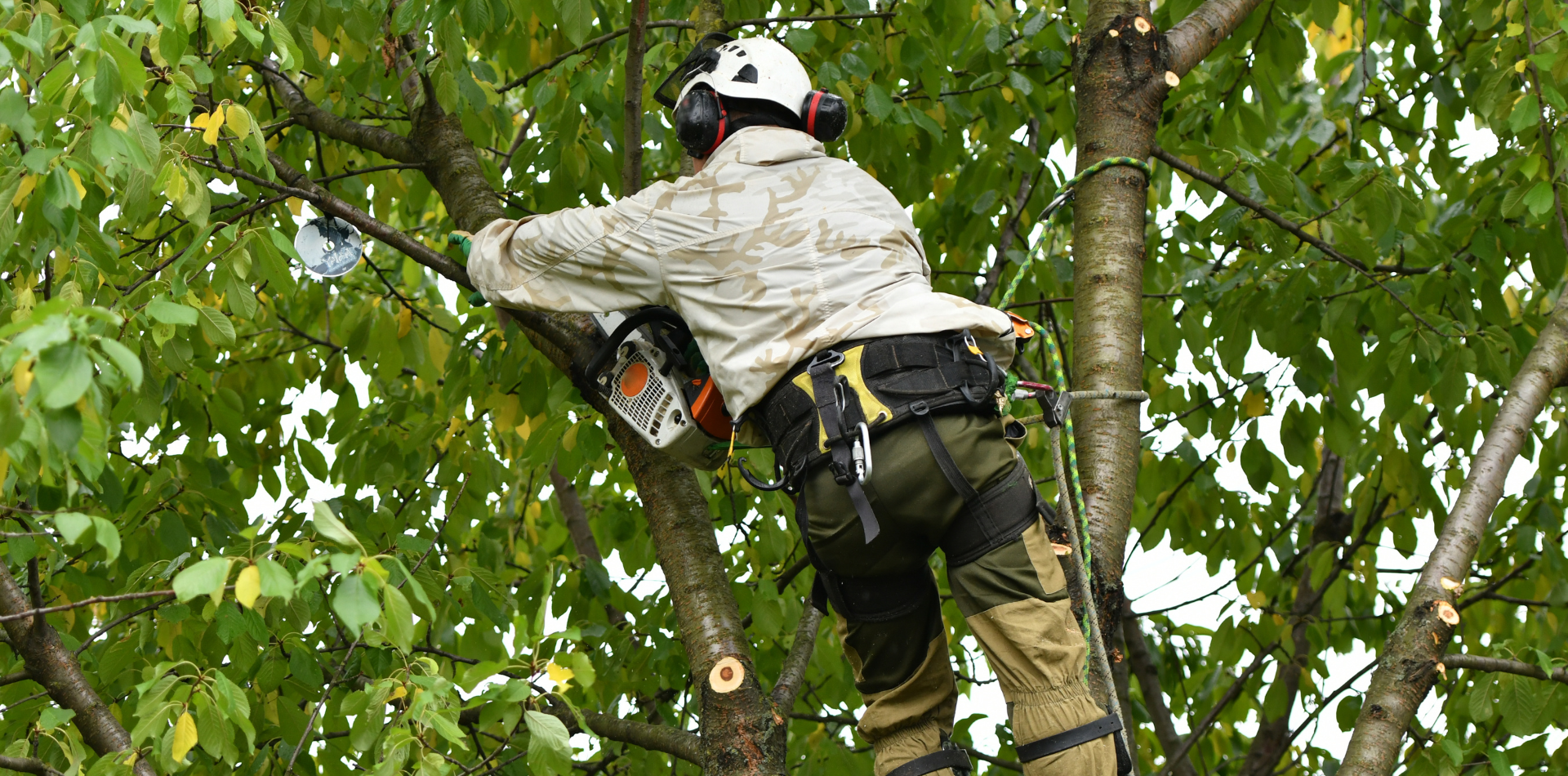
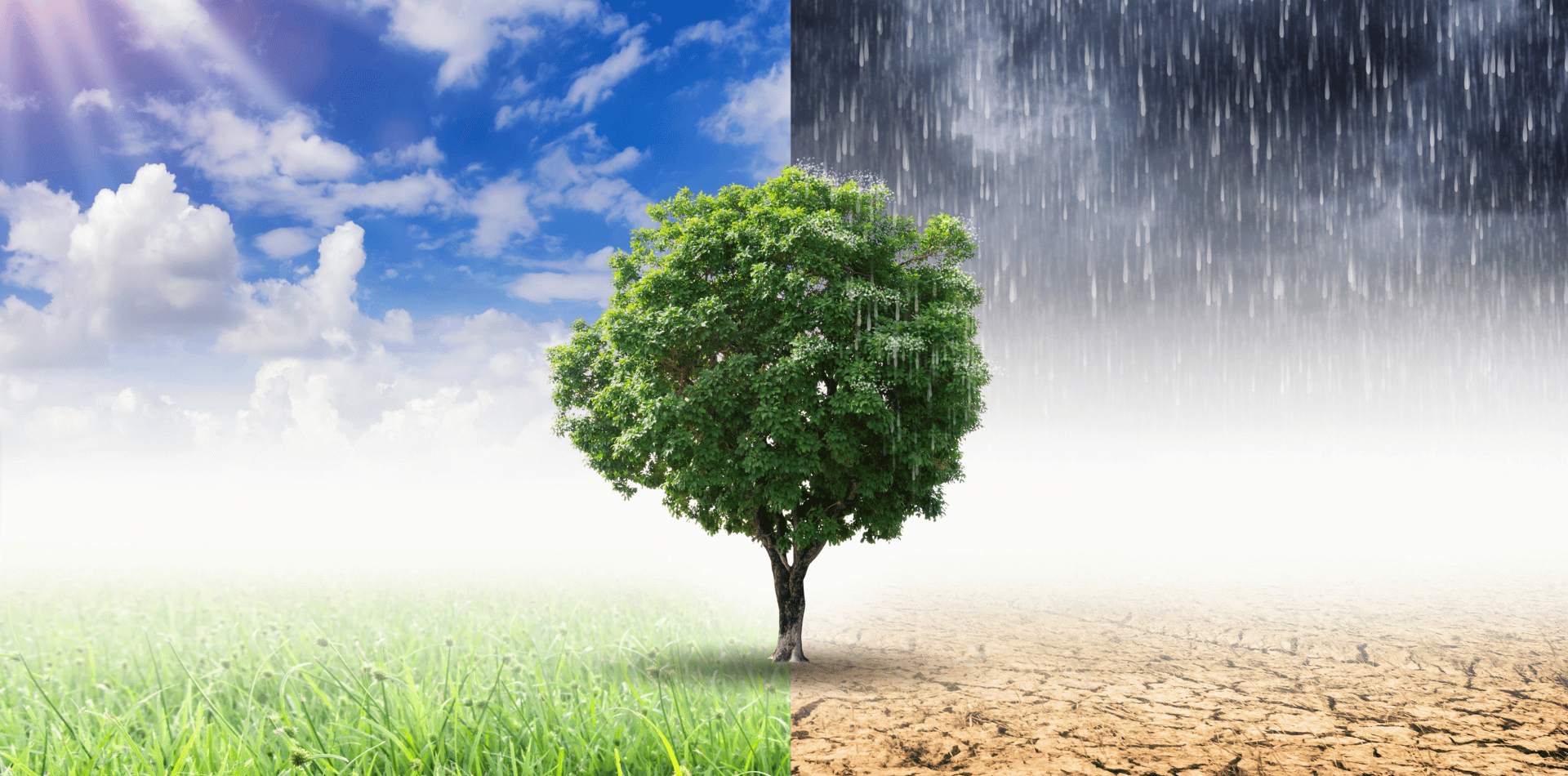
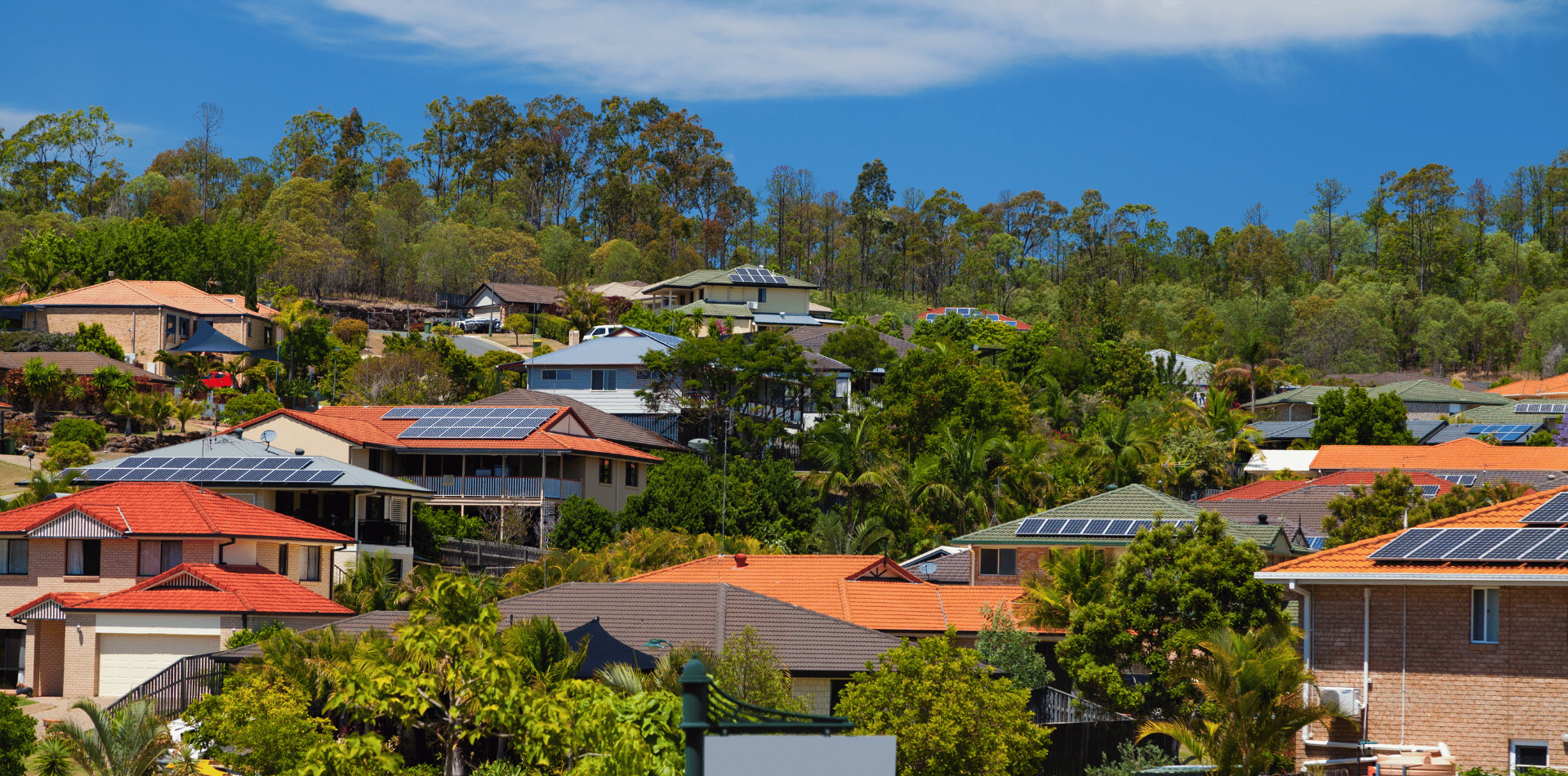
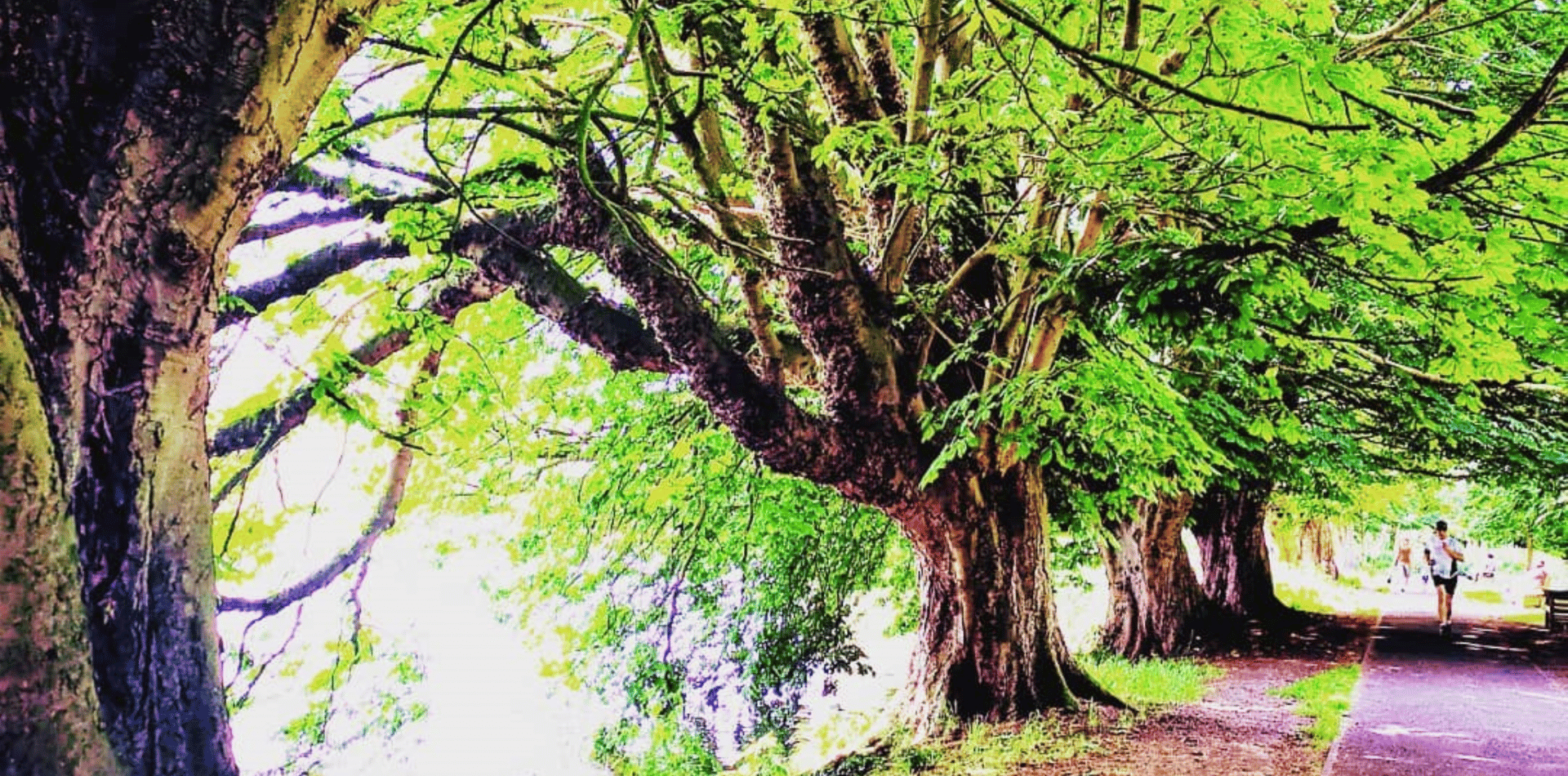
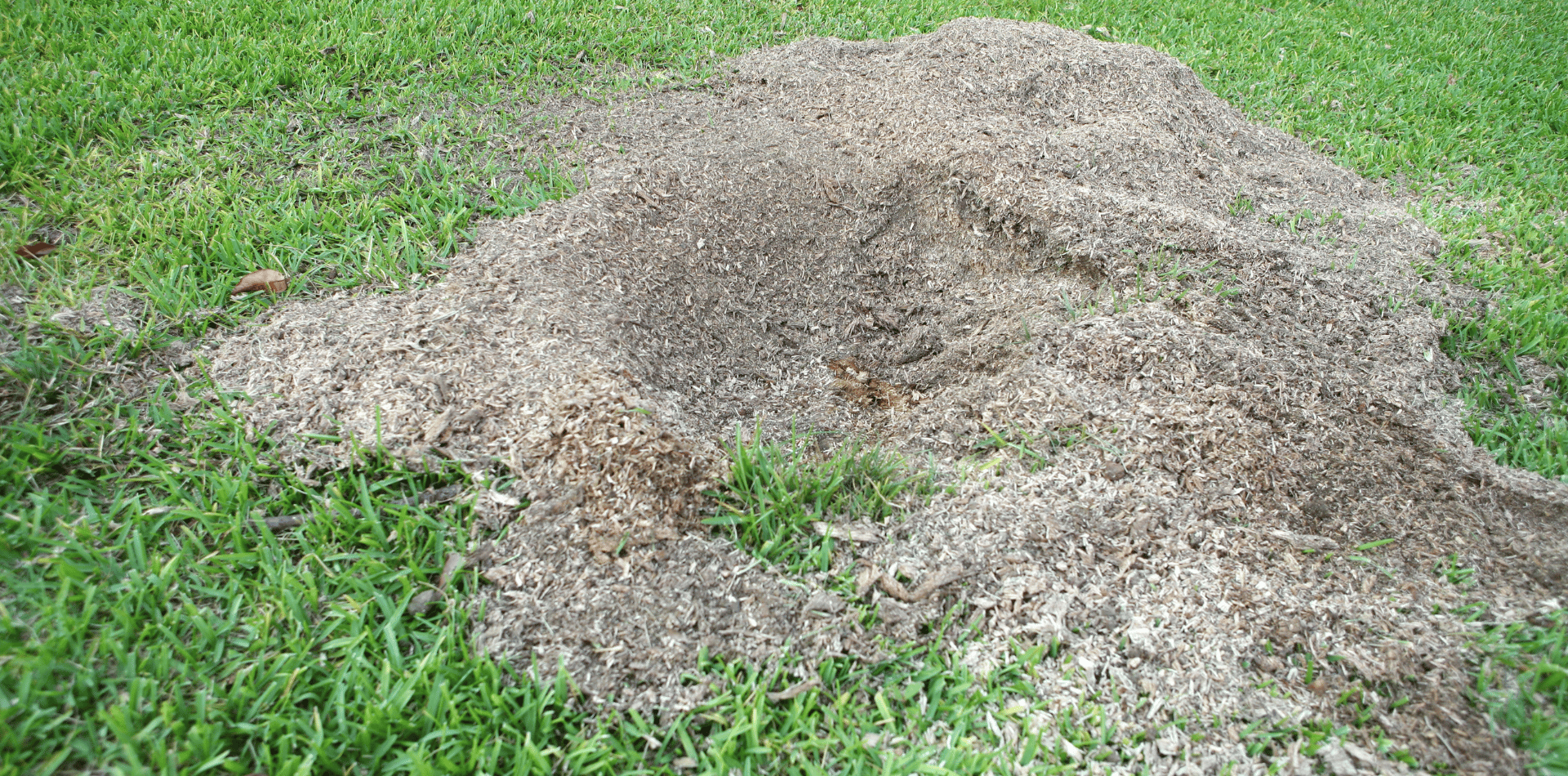
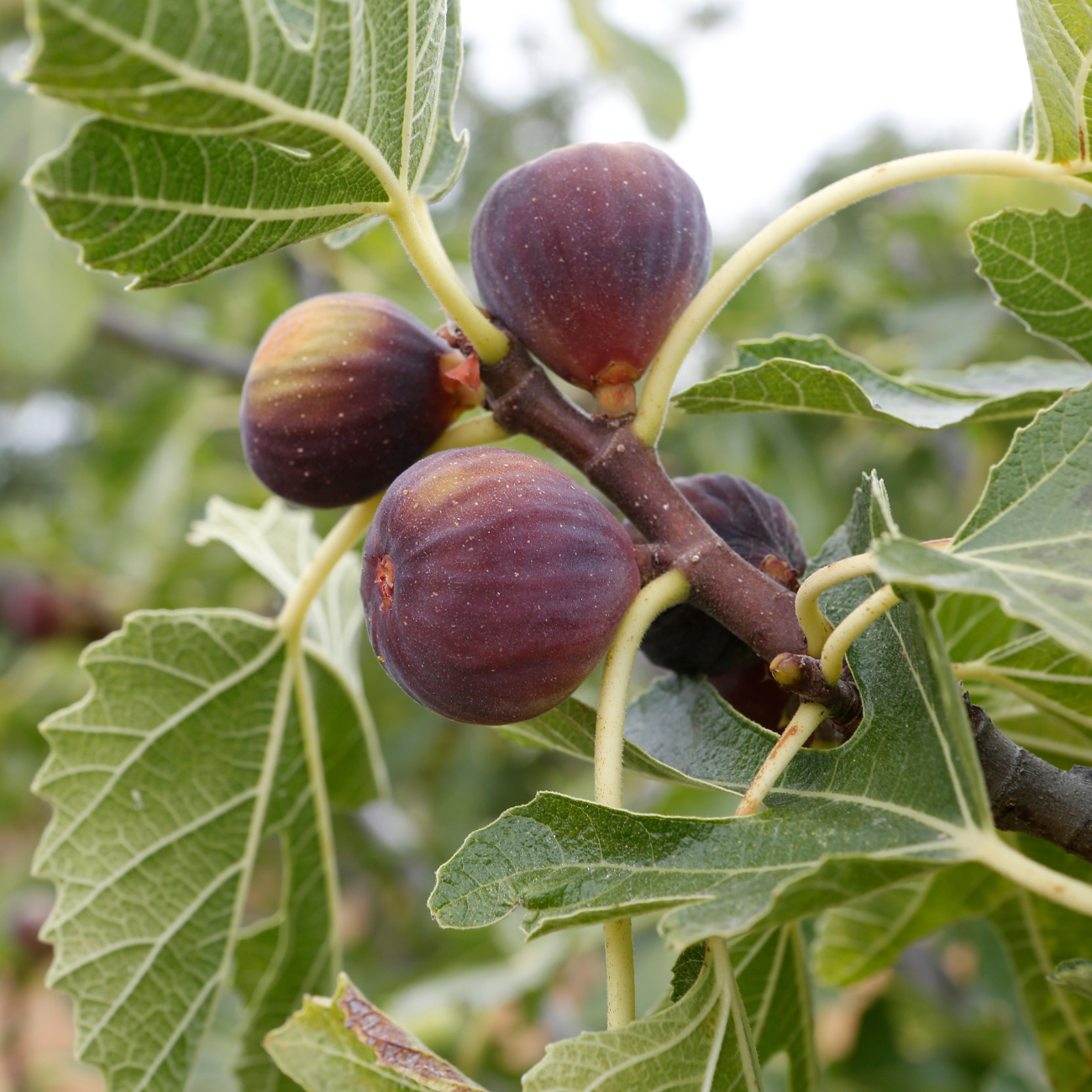

Contact
Kaptol Tree Removal Newcastle
A Member of the Kaptol Group
Powered by Kaptol Media

